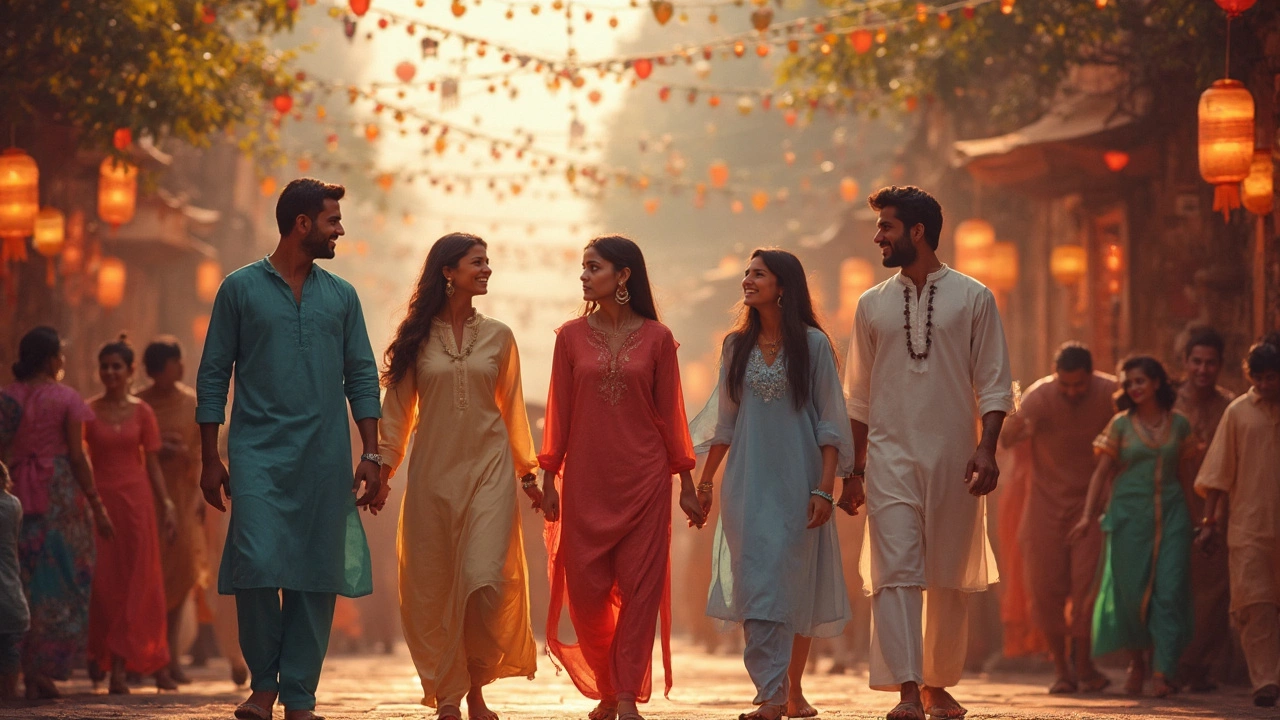Kurta Pajama: Traditional Indian Attire for Men and Its Modern Style
When you think of kurta pajama, a two-piece outfit consisting of a long tunic and loose-fitting trousers, commonly worn by men across South Asia. Also known as Indian ethnic wear, it’s one of the most enduring styles in everyday life, from village markets to city offices. It’s not just clothing—it’s a cultural anchor. In Tamil Nadu, you’ll see men wearing it during temple visits, weddings, and even casual weekends. The kurta, often made from cotton or linen, drapes comfortably in the heat, while the pajama lets you move freely. No suit or jeans have replaced it because it just works.
What makes kurta pajama different from Western outfits is how it blends identity with ease. Unlike a shirt and trousers that need ironing and fit perfectly, a kurta pajama is forgiving. It’s worn with a waistband called a dhoti, a traditional lower garment wrapped around the waist and legs, often seen in South Indian rituals for formal events, or paired with a simple belt for daily use. In Tamil households, it’s common to see grandfathers, fathers, and sons all wearing variations of the same outfit—each choosing their own fabric, color, or embroidery. Some prefer plain white for temple days; others pick bright red or gold for weddings. The Tamil culture, the distinct language, customs, and traditions of Tamil-speaking people in southern India values simplicity in dress, but also celebrates detail—like hand-stitched zari work or block-printed patterns passed down for generations.
You won’t find kurta pajama in a fashion magazine from Paris, but you’ll see it everywhere in Chennai, Madurai, or Coimbatore. It’s the outfit you wear when you want to honor tradition without looking stiff. Even young men in urban areas wear it with sneakers or loafers, mixing old and new. It’s not about being traditional for tradition’s sake—it’s about comfort, identity, and pride. And that’s why it survives. In a world full of fast fashion, kurta pajama is slow, thoughtful, and personal.
Below, you’ll find articles that explore how this outfit fits into daily life, religious events, and regional variations across India. Whether you’re curious about how it’s made, why it’s worn during Diwali, or how Tamil families style it differently from Punjabi ones, the posts here give you real, grounded insights—not just fashion tips, but cultural context you can feel.
